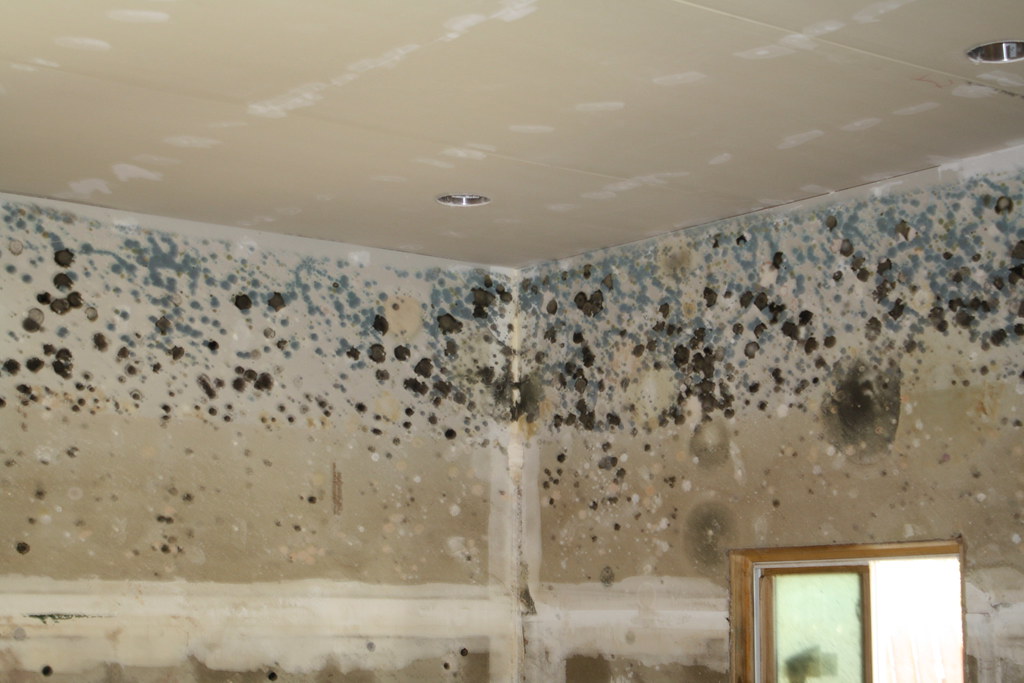Mold Remediation and Prevention: How to Safeguard Your Home from Hidden Dangers
Mold is a persistent and often hidden threat that can cause severe health issues and structural damage in homes and buildings. It thrives in moist, humid environments and spreads quickly when left unchecked. While minor mold problems can sometimes be handled with DIY solutions, significant infestations require professional remediation to ensure complete removal and prevention.

Understanding mold growth, the risks it poses, and how to properly detect and eliminate it is essential for homeowners and property managers. This article explores the science of mold growth, health hazards, professional remediation techniques, and preventative measures to keep homes safe and mold-free.
1. Understanding Mold Growth
Mold is a type of fungus that reproduces through airborne spores. These spores are naturally present in the environment but only grow into colonies when they find the right conditions—moisture, organic material, and a lack of proper ventilation.
Common Causes of Mold Growth
- Excess Moisture: Leaky pipes, roof leaks, and high indoor humidity create perfect conditions for mold.
- Poor Ventilation: Stagnant air allows moisture to accumulate, particularly in bathrooms, basements, and attics.
- Water Damage: Floods, burst pipes, and long-term leaks provide mold with the sustained moisture it needs to thrive.
- Condensation: Poorly insulated windows, HVAC systems, and cold surfaces can lead to persistent dampness.
Mold can begin growing in as little as 24-48 hours after moisture exposure. This makes early detection and intervention critical in preventing extensive damage.
2. Health Risks of Mold Exposure
Mold isn’t just an aesthetic problem—it can have serious health consequences, particularly for individuals with allergies, asthma, or weakened immune systems.
Common Health Effects of Mold Exposure
| Group Affected | Potential Health Issues |
|---|---|
| General Population | Coughing, throat irritation, eye discomfort, skin rashes. |
| Allergy Sufferers | Sneezing, congestion, sinus pressure, skin inflammation. |
| Asthma Patients | Increased wheezing, difficulty breathing, severe attacks. |
| Immunocompromised Individuals | Infections, lung complications, prolonged illness. |
Toxic Mold and Mycotoxins
Some molds, such as Stachybotrys chartarum (commonly known as black mold), produce mycotoxins, which can lead to more severe health effects, including neurological symptoms and chronic fatigue.
If symptoms worsen when indoors and improve when outside, mold exposure may be a factor, warranting immediate inspection and remediation.
3. Advanced Mold Detection Methods
Mold isn’t always visible—often, it hides behind walls, under flooring, or inside HVAC systems. Professional mold detection involves specialized tools and techniques to identify hidden mold colonies.
Methods Used in Mold Detection
- Air Quality Testing – Measures mold spore concentrations in indoor air.
- Infrared Moisture Scanning – Uses thermal imaging to detect hidden moisture sources.
- Surface Swab Testing – Analyzes mold samples from walls, furniture, and fabrics.
- Borescope Cameras – Small cameras inspect behind walls and inside tight spaces.
If mold is suspected but not visible, professional inspection can confirm its presence before it spreads further.
4. Professional Mold Removal Strategies
Removing mold requires more than just scrubbing with bleach—it involves containment, thorough removal, and prevention of future growth.
Step-by-Step Mold Remediation Process
Step 1: Containment and Air Filtration
- The affected area is sealed with plastic sheeting to prevent spore spread.
- HEPA air filtration devices are used to capture airborne mold particles.
Step 2: Removing Contaminated Materials
- Mold-infested drywall, insulation, and carpets may need to be removed.
- Non-porous materials like tile and glass are cleaned and disinfected.
Step 3: HEPA Vacuuming and Antimicrobial Treatments
- Specialized vacuums remove mold spores from surfaces.
- Biocides and antimicrobial solutions eliminate remaining spores.
Step 4: Drying and Dehumidification
- Industrial fans and dehumidifiers ensure all moisture is removed.
- Moisture levels are monitored to prevent recurrence.
Professional remediation ensures mold is fully eradicated, reducing the risk of future infestations.
5. Preventing Mold Recurrence
Prevention is the most effective way to safeguard a home against mold. By controlling moisture levels and improving ventilation, homeowners can significantly reduce the likelihood of mold returning.
Best Practices for Mold Prevention
| Preventative Measure | Why It Works |
|---|---|
| Fix leaks immediately | Prevents moisture buildup inside walls and ceilings. |
| Improve ventilation | Reduces humidity and condensation in enclosed spaces. |
| Use dehumidifiers | Keeps humidity levels below 50% to inhibit mold growth. |
| Clean and dry wet areas quickly | Prevents mold from forming in under 48 hours. |
| Install mold-resistant materials | Reduces susceptibility in high-risk areas (e.g., bathrooms, basements). |
Additionally, regular HVAC maintenance and cleaning air ducts can prevent mold spores from circulating throughout a home.
6. Legal and Insurance Aspects of Mold Remediation
Mold remediation can be costly, and homeowners often rely on insurance or legal protections to cover expenses.
Understanding Insurance Coverage
- Covered: Sudden and accidental water damage (burst pipes, storm-related leaks).
- Not Covered: Gradual damage due to neglected maintenance or long-term leaks.
- Best Practices:
- Document mold damage thoroughly with photos and reports.
- Work with professionals who can provide detailed assessments for claims.
Tenant & Landlord Responsibilities
- Landlords must provide habitable living conditions and address mold-related issues.
- Tenants should report leaks or mold immediately to avoid liability.
- Legal Recourse: Some states have specific mold-related laws protecting tenants.
Understanding insurance policies and legal obligations can help homeowners and renters avoid financial disputes.
Conclusion
Mold is a serious issue that can lead to health problems, structural damage, and financial losses. While minor mold problems can be addressed with proper cleaning, significant infestations require professional remediation.
Key takeaways include:
Moisture control is the most effective mold prevention method.
Advanced detection ensures that hidden mold does not go unnoticed.
Professional removal is essential for complete mold eradication.
Legal and insurance considerations can impact remediation costs.
By staying vigilant and implementing preventive measures, homeowners can protect their properties from the hidden dangers of mold.
